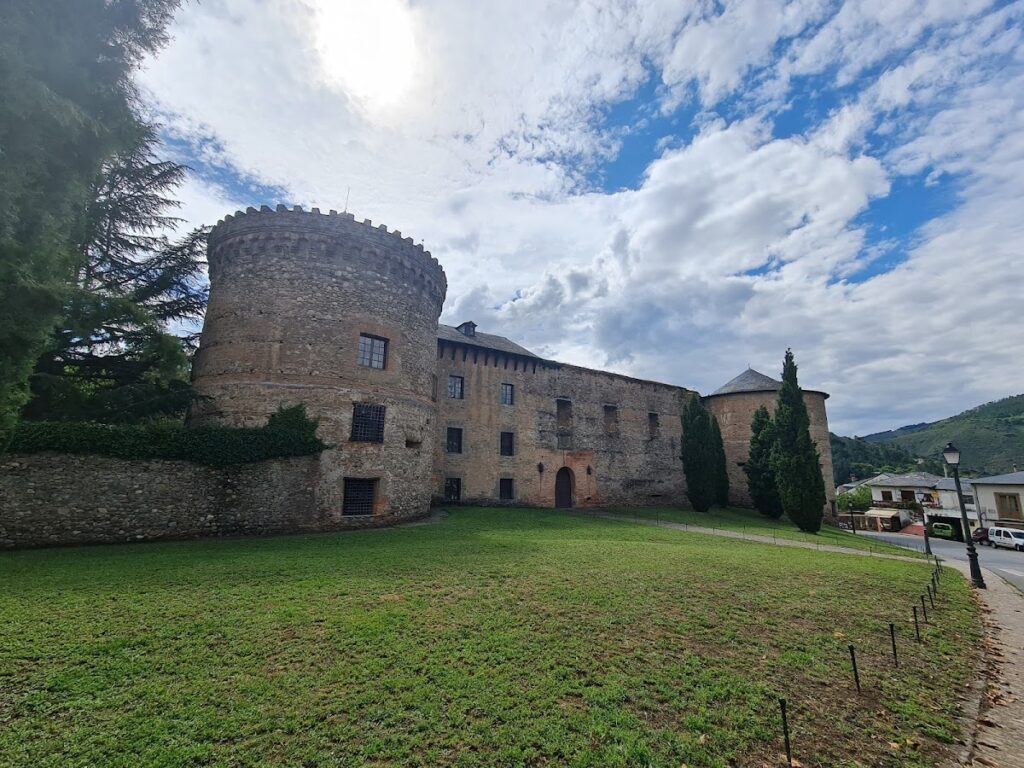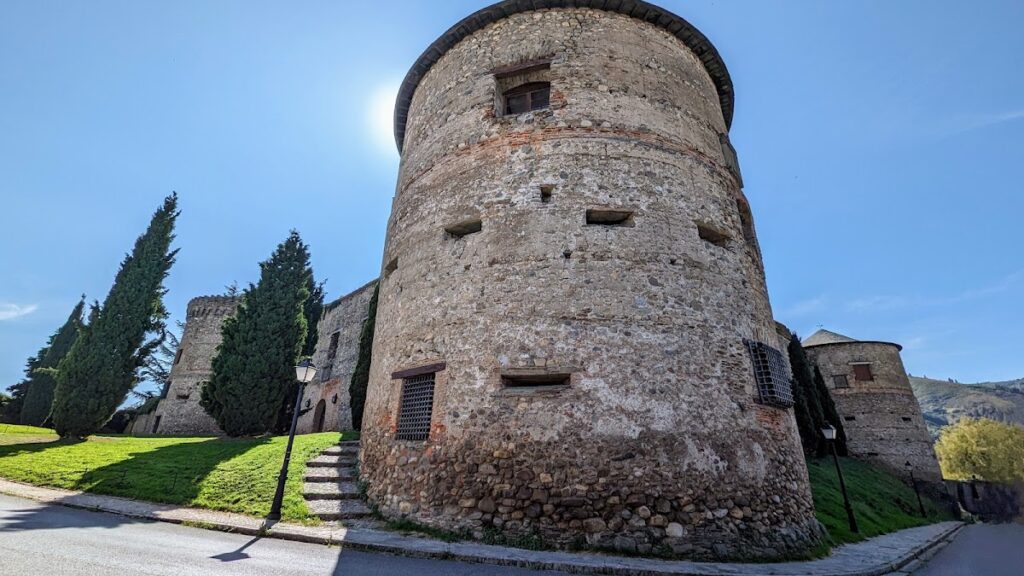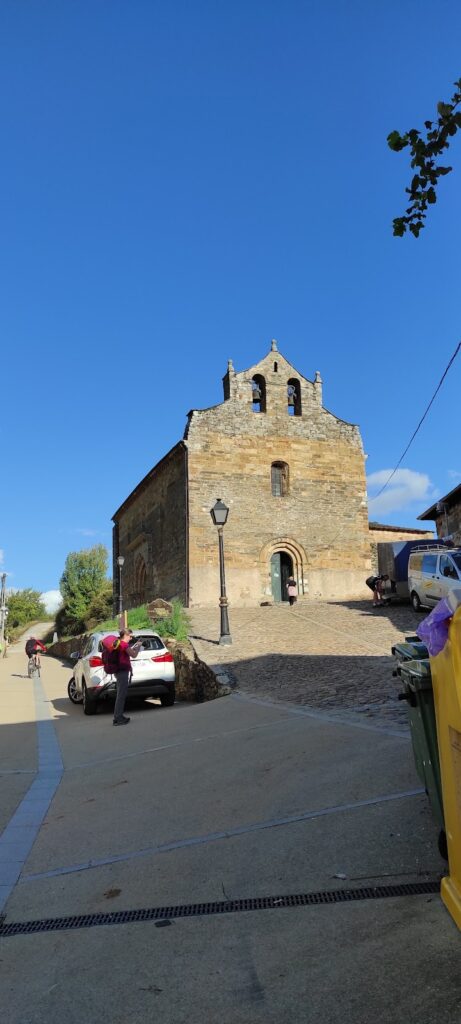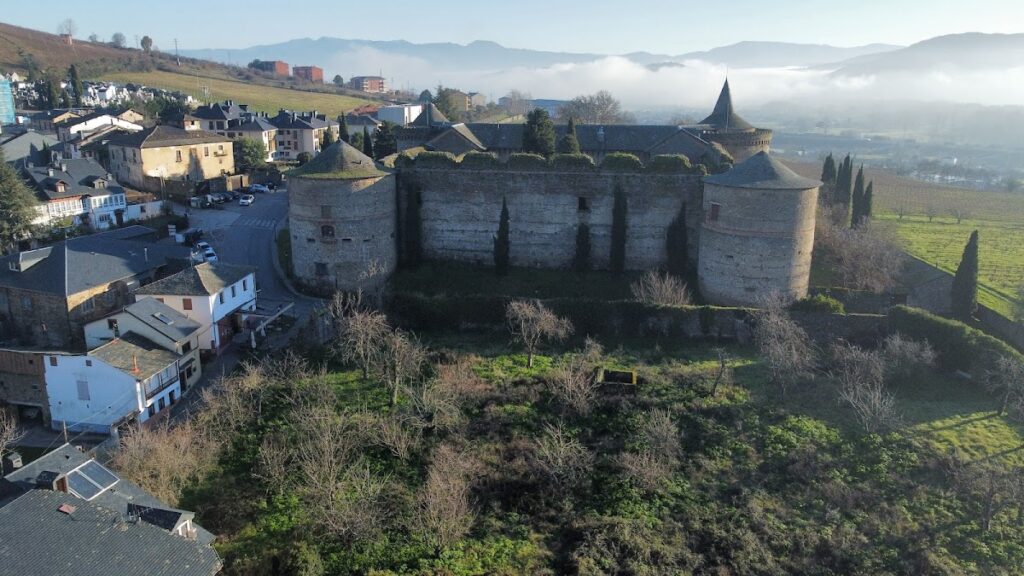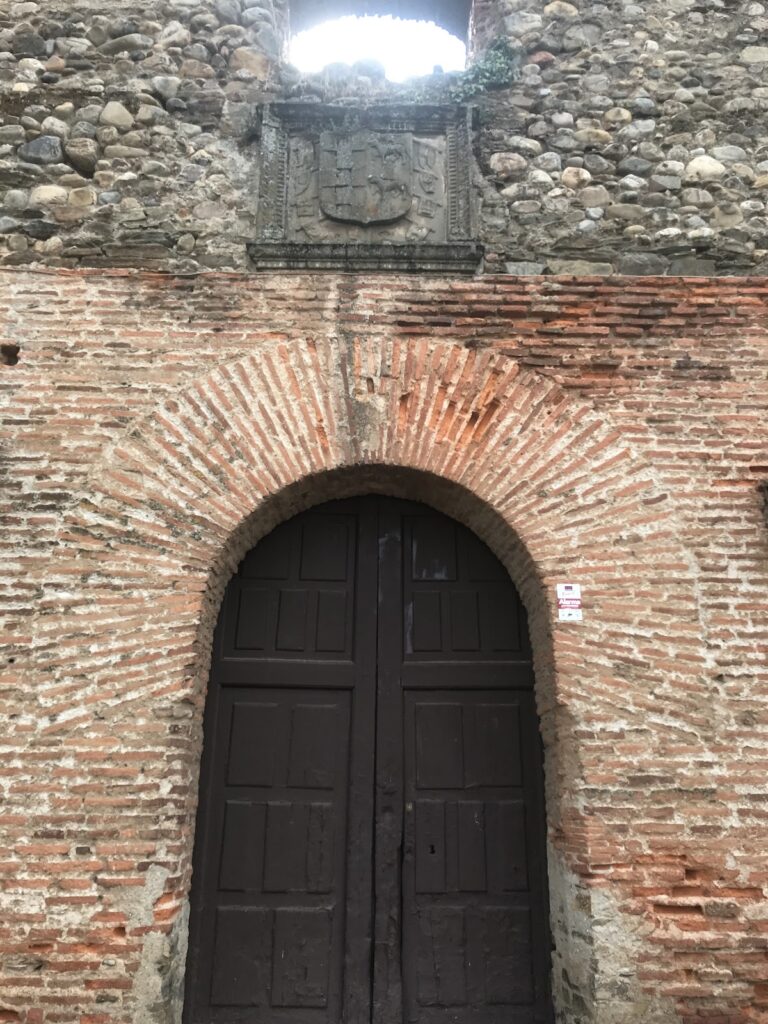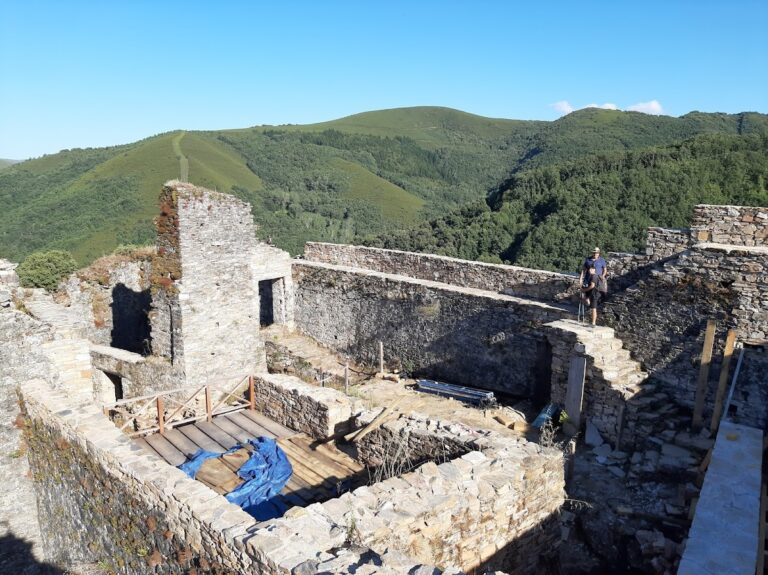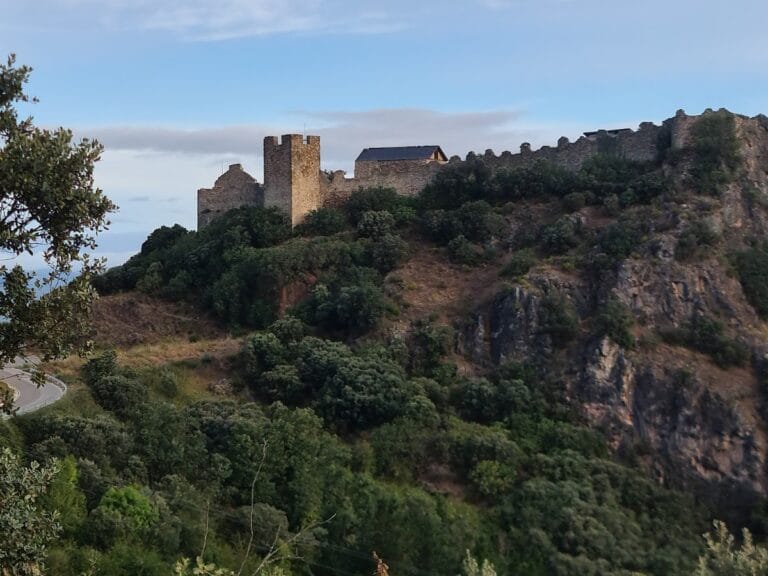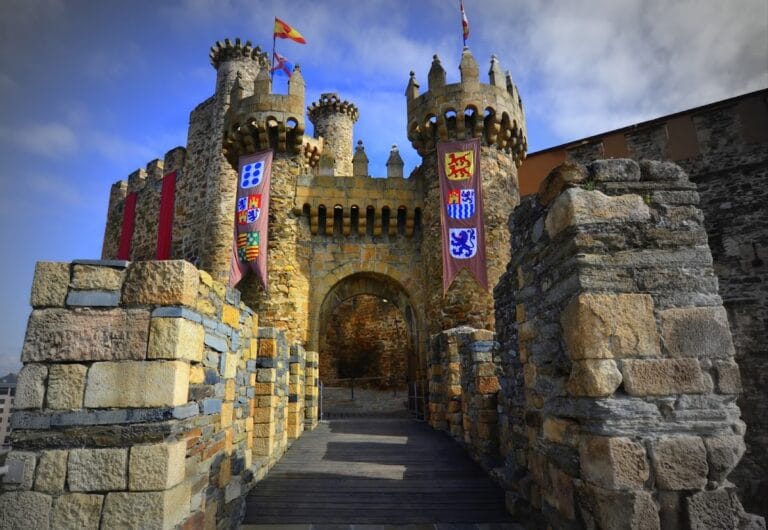Castle of Villafranca del Bierzo: A Historic Fortress and Noble Residence in Spain
Visitor Information
Google Rating: 4.3
Popularity: Low
Google Maps: View on Google Maps
Country: Spain
Civilization: Unclassified
Remains: Military
History
The Castle of Villafranca del Bierzo is situated in the town of Villafranca del Bierzo in modern-day Spain and was constructed by the noble lineage connected to the Marqueses de Villafranca del Bierzo. Its origins trace back to an earlier fortress called the “Forza,” which stood before the current structure.
In 1507, the original Forza fortress was destroyed during an assault led by the illegitimate son of Pedro Álvarez Osorio, the 1st Count of Lemos. This attack left the fortification in ruins until 1515, when Queen Joanna I of Castile officially authorized Pedro Álvarez de Toledo y Zúñiga, the spouse of María Osorio Pimentel—who was the 2nd Marchioness of Villafranca del Bierzo—to rebuild the castle. The rebuilding aimed to create a grand residence befitting the Marquisate of Villafranca, marking a transition from the earlier defensive stronghold to a noble dwelling.
Around the year 1600, the castle underwent a significant transformation under the guidance of the 5th Marquis, Pedro Álvarez de Toledo Osorio. This renovation shifted the building’s character away from purely military use toward a more refined Italianate style. The redesign introduced ornamental elements such as fountains, garden pergolas, and sculpted niches within the grounds, reflecting contemporary tastes in architecture and landscaping.
During the early 19th century, the castle faced considerable hardship amid the Peninsular War. In 1809, English troops dismantled and looted the structure while advancing toward Lugo, causing substantial damage. Subsequently, French forces attacked again, plundering and setting fire to the castle in 1815 and once more in 1819, further marking the turbulent history of the fortress during this conflict.
In more recent times, ownership of the castle transitioned to the descendants of María Manuela Caro y Carvajal, a noted pianist and member of a lesser branch of the Villafranca lineage. She was married to the composer Cristóbal Halffter. The castle’s cultural and historical value has been formally recognized: since 1949, it has held the designation of Bien de Interés Cultural, a Spanish heritage category, and since 2015 it has been included in the expanded UNESCO World Heritage listing for the Routes of Santiago de Compostela.
Remains
The castle has a quadrangular layout, featuring four large circular towers placed at each corner to provide comprehensive defense and structural balance. Each tower consists of three floors, each capped with wooden flooring, illustrating a practical design to serve both military and residential needs. The robust construction uses quality masonry that has contributed to its endurance through centuries.
Prominently located within the complex is the keep, or “torre del homenaje,” which is also circular in plan. This tower is distinguished by its elegance and position within the castle grounds. Its distinctive slate roof reflects local architectural tradition, while its well-crafted stone walls highlight the skilled masonry typical of the period.
The main entrance to the castle is constructed from brick and is adorned by the heraldic shield of Don Fadrique Álvarez de Toledo Osorio, the 3rd Marquis of Villafranca del Bierzo. This emblematic decoration marks the noble ownership and prestige associated with the castle during its period of prominence.
While the original structure served a defensive role, the extensive remodeling around the 17th century introduced Italianate stylings that softened the fortress’s martial character. Features such as decorative fountains, pergolas—a framework covered with climbing plants—and sculptural niches were incorporated, although detailed descriptions of these elements remain limited. They demonstrate an adaptation of the castle toward a more genteel residence, blending fortification with garden aesthetics.
Today, the castle stands preserved enough to be documented photographically and to retain its cultural heritage status. Its enduring construction and historical layers provide a tangible link to its complex past as both a fortress and a noble residence.
